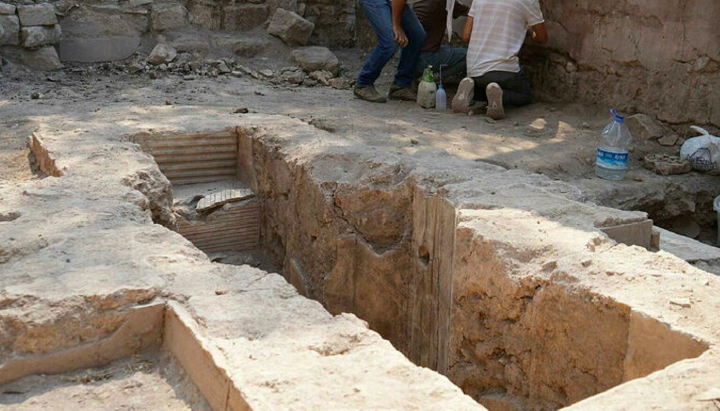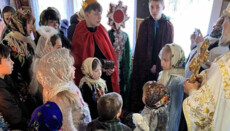Archaeologists discover early Christian baptistery in Turkey

The discovery in Antandros confirms the spread of Christianity and reveals features of early Christian architecture.
At the end of August 2025, archaeologists in Turkey announced a significant find: a Roman villa converted into a baptistery of the early Christian era, reports Hürriyet Daily News.
The uncovered structure, measuring approximately 7.20 × 5.90 meters, features a marble floor and wall frescoes in two layers. The first layer of decoration dates back to when the villa was still in use during the Roman period, around 300 AD. The second layer belongs to the time when the building was converted into a baptistery, around the mid–5th century.
At the center of the room is a baptismal font about one meter in diameter, with three steps descending on both the eastern and western sides. This arrangement is characteristic of baptisteries – places where the sacrament of Baptism was performed.
The frescoes are adorned with vegetal ornamentation and panel motifs, reflecting the richness of the decorative style of Christian architecture of the time. Today, the later frescoes are covered with a layer of lime – archaeologists are carefully removing it to restore the paintings.
On one of the walls, a Christian monogram has been discovered, along with niches typical of early Christian religious structures. To clarify the layout of the complex, new trenches have been dug along the eastern and western sides of the building.
This year’s excavations will continue until the end of December, with a team of about 25 people involved, including researchers from Germany. The work is part of a project aimed at studying Antandros as a site where Christianity began to develop after its recognition as the official religion of the Roman Empire.
Earlier, the UOJ reported on the discovery in Egypt of two 1,500-year-old churches with a fresco of Christ the Healer.











